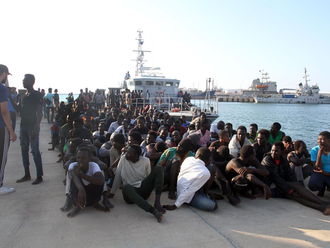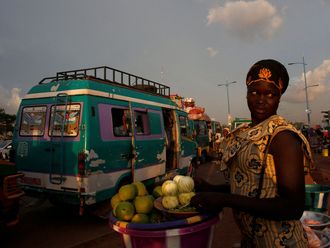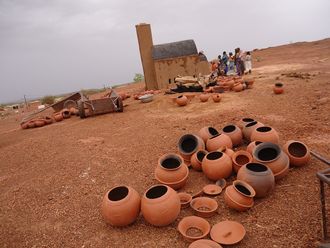Maputo: The death toll from a cholera epidemic in Mozambique that broke out after widespread flooding has risen by almost 50 per cent in two weeks to 41, health officials said on Monday.
And the number of new cholera infections has more than doubled over the past fortnight.
Ministry of Health spokesman Quinhas Fernandes said “4,518 cases of cholera and 41 deaths have been recorded since December 25, 2014”.
Authorities said the hardest-hit region is the coal-rich western Tete province, which borders Zimbabwe and Malawi.
Although Tete was not affected by recent floods, its capital city alone has recorded more than 1,500 cases over the past two months, and the pace of infections is quickening there, while elsewhere it is stabilising.
Mozambique regularly suffers outbreaks of cholera and diarrhoea during its summer rainy season, which stretches from October to March.
This year, heavy rains and floods that hit the country between December and January killed 158 people and affected 170,000, hastening the spread of cholera.
Mozambique’s deadliest floods were in 2000, when an estimated 800 people were killed.
Mozambique officials declared an emergency for central and northern Mozambique on January 12 after flooding surpassed the government’s capacity to respond to the situation. The Contingency Plan is the Government of Mozambique’s standing emergency preparedness and response arrangement and explicitly includes the role and contributions of the HCT. When the institutional Red Alert was issued, the government requested that HCT assistance is activated and that HCT mobilise necessary support from humanitarian actors and development partners. This Response and Recovery Proposal is in response to that request.
More than 50,000 internally displaced (IDPs), were affected by flooding mainly in Zambezia, Nampula and Niassa provinces.
Significant damage to infrastructure, including bridges and roads, is making access to affected districts — in Zambezia in particular — and delivery of immediate life-saving assistance an enormous challenge for the GoM through the National Institute for Disaster Management (INGC) and the humanitarian partners.












